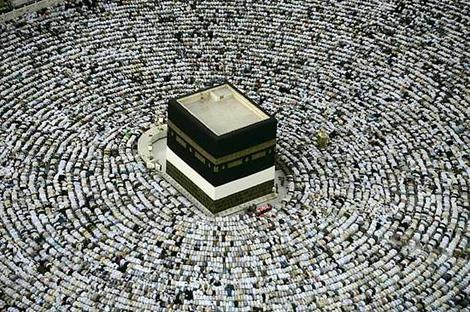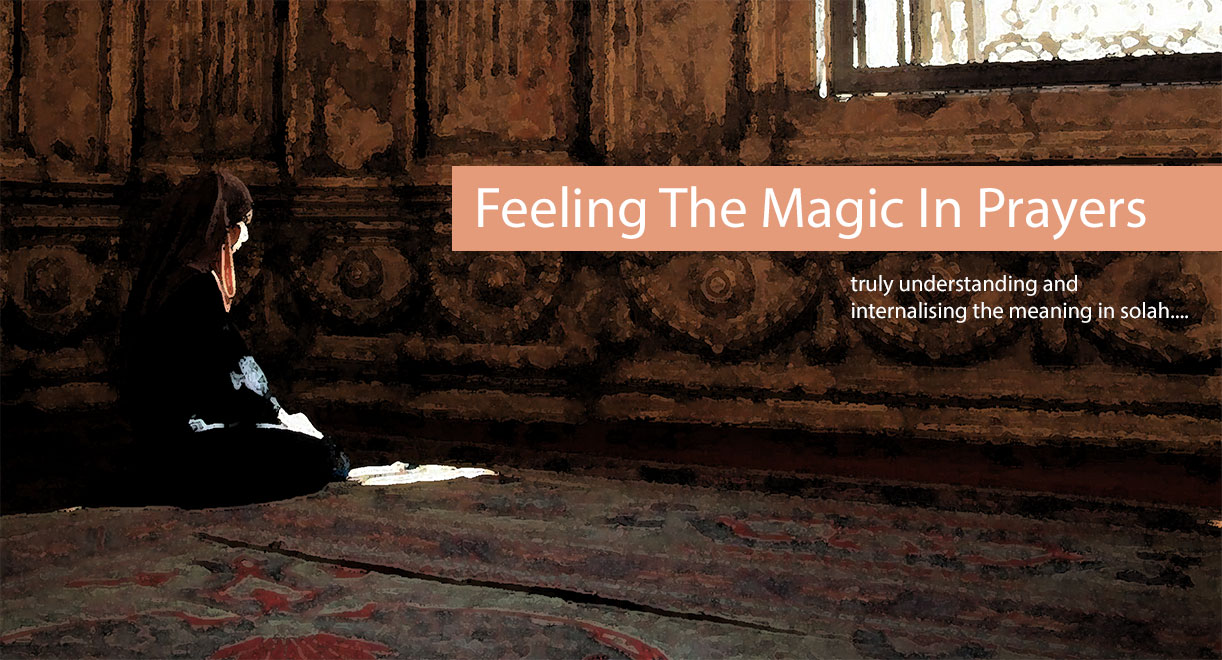 Pilgrimages has been a universal practice throughout the history of mankind up till today. The Muslim practice of the pilgrimage to Mecca was indeed a practice performed centuries before the coming of Prophet Muhammad S.A.W to Arabia. Historically, Mecca had been the center of worship and annual pilgrimage where thousands of pilgrims across the Arabian Peninsula will come to pay homage to this sacred house of God.
Pilgrimages has been a universal practice throughout the history of mankind up till today. The Muslim practice of the pilgrimage to Mecca was indeed a practice performed centuries before the coming of Prophet Muhammad S.A.W to Arabia. Historically, Mecca had been the center of worship and annual pilgrimage where thousands of pilgrims across the Arabian Peninsula will come to pay homage to this sacred house of God.
Today, millions of pilgrims from around the globe continue to congregate in the Holy land of Mecca, committed to their conviction, performing the fifth pillar of the Islamic faith in the month of Zulhijjah. This practice of Hajj marks a significant journey for every Muslim as they symbolically experience the journey, endurance and hardship faced by Prophet Abraham, his son Prophet Ismail and Mother Hajar.
As the first inhabitant of Mecca, what was then known as Bakka, Hajar and her infant son Ismail, were left with almost nothing for their survival in this barren land with no dwellers. The only thing that Hajar had was faith and conviction to God that they will not be abandoned and a strong belief that they will be able to overcome the hardship and obstacles they had to face. The practice of Sai’ between Mount Safa and Mount Marwah today is the simulation of the act of Hajar a few centuries ago when she had to run between the two mountains seven times in search of water for her baby Ismail.
The grown up Ismail then met his father, Abraham and this depicts a story of passion and perseverance in face of uncertainties and evil whisperings. When Abraham was given a revelation in the form of a dream to sacrifice his son, Ismail upon listening to this revelation, expressed his willingness to be sacrificed. The humanity in Abraham however had initially made him reluctant to perform the act, however his strong belief in God and the conviction that Allah The Most Merciful will not instruct anything that will harm His servants propelled him to perform what he is told to do. Nevertheless, evil whisperings of the Satan tried to deviate his attention from God. In resisting evil forces that tried to move him away from the straight path of the Truth, Abraham threw stones at the devil several times at three different spots where the devil was believed to have appeared before him. Today, pilgrims continue to throw stones at the pillars known as the Jamrah in emulating the practice of Abraham in resisting evil temptations and serve as a psychological battle in fighting the dark forces of the Satan.
With his successful battle against falsehood by resisting the evil forces, Abraham then continue to sacrifice his son. However, in the mercy of The Almighty God, his son was replaced with a sheep and was thus spared his life. This set the precedence for the sacrificial rituals performed by Muslims across the globe in the day of Eiduladha and the three days of Tahsreeq. The significance of this ritual is such that the meat of the animals being sacrificed will be shared and distributed for the consumption of the society-at-large. It invokes the spirit of compassion and encourages the culture of sharing and caring amongst the society. At the same time, the strict guidelines of the slaughtering process in ensuring the least pain for the animals demonstrates the respect of animal rights recognized in the doctrine of Islam.
The festival of Hajj on the other hand signifies an assembly of cohesion and unity as they stand united in the field of Arafah and in their circumambulation around the black cubic structure of the Ka’bah. The donning of the ihram – two pieces of white cloth for the male pilgrims denotes a symbol of humility in front of the Almighty Lord, where pilgrims of different socio-economic status and different socio-strata stand equally before their Lord.
The practices of the Hajj rituals as performed by Muslims today is essentially the rites revived by Prophet Muhammad S.A.W demonstrated in his Farewell Hajj. This revival practice of Prophet Muhammad indicates the journey towards purification from the corruption and the injustices of this world as practiced by the pagan Arabs in the Dark Ages of Arabia. This spirit of revivalism serves as a focal point in the Islamic faith, a reminder for Muslims to continue to return to the eternal principles and values of Islam, towards resisting evils and corruptions, and restoring justice and humanity in this World.
Written by:

Ridhwan Mohd Basor
Occupation: Student – Currently pursuing his Masters
How to find Ridhwan?
Go to www.facebook.com/ridhwan.m.basor








